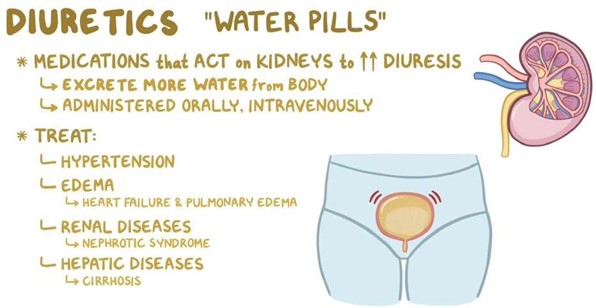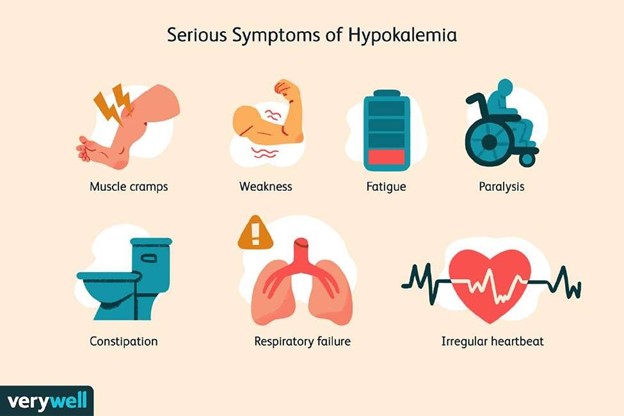The client has been admitted to the hospital with a diagnosis of acute kidney injury (AKI).
Which of the following is a priority nursing intervention?
Administer pain medication.
Monitor urine output.
Encourage ambulation.
Assist with meals.
The Correct Answer is B
This is a priority nursing intervention for a client with acute kidney injury (AKI) because it helps to assess the renal function and fluid status of the client. Urine output is also an indicator of the response to treatment and the need for further interventions.
Choice A is wrong because pain medication is not a priority intervention for AKI unless the client has other conditions that cause pain.
Pain medication may also have adverse effects on the kidney function and should be used with caution.
Choice C is wrong because ambulation is not a priority intervention for AKI and may not be appropriate for a client who is fluid overloaded or hypotensive.
Ambulation may also increase the risk of falls and injury in a client who is confused or fatigued.
Choice D is wrong because assisting with meals is not a priority intervention for AKI and may not be necessary for a client who has adequate oral intake.
A client with AKI may also have dietary restrictions such as low protein, low potassium, low sodium, and low phosphorus, which should be considered when providing meals.
Nursing Test Bank
Naxlex Comprehensive Predictor Exams
Related Questions
Correct Answer is A
Explanation

Fluid overload, also called hypervolemia, is a condition in which the body has too much water.
It can cause edema, hypertension, shortness of breath, and cardiovascular problems.
Diuretics are medications that help the body remove excess fluid through urine.
They are commonly used to treat fluid overload caused by heart failure, kidney failure, cirrhosis, and other conditions.
Choice B is wrong because encouraging increased fluid intake would worsen the fluid overload and increase the risk of complications.
Choice C is wrong because providing a high-sodium diet would also worsen the fluid overload and increase the risk of complications.
Sodium is an electrolyte that regulates fluid balance in the body.
Excess sodium intake can cause water retention and increase blood pressure.
Choice D is wrong because elevating the affected extremities is not an appropriate intervention for fluid overload.
Elevating the extremities can help reduce swelling caused by local factors such as injury or inflammation, but it does not address the underlying cause of fluid overload.
Correct Answer is ["A","B","D"]
Explanation

These are all signs and symptoms of hypokalemia, which is a condition where the blood potassium level is too low. This can affect the function of the muscles, nerves, and heart. Therefore, the nurse would expect to find these signs and symptoms in a client with dehydration and hypokalemia.
Choice C is wrong because hyperreflexia is not a sign or symptom of hypokalemia.
Hyperreflexia is a condition where the reflexes are exaggerated or overactive.
This can be caused by conditions such as spinal cord injury, stroke, or electrolyte imbalances such as hypocalcemia or hypomagnesemia.
Whether you are a student looking to ace your exams or a practicing nurse seeking to enhance your expertise , our nursing education contents will empower you with the confidence and competence to make a difference in the lives of patients and become a respected leader in the healthcare field.
Visit Naxlex, invest in your future and unlock endless possibilities with our unparalleled nursing education contents today
Report Wrong Answer on the Current Question
Do you disagree with the answer? If yes, what is your expected answer? Explain.
Kindly be descriptive with the issue you are facing.
